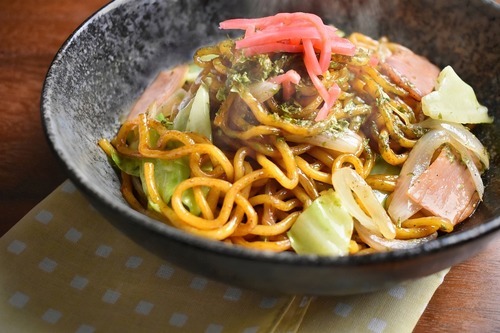
Japanese are among the few remaining nations that still cling to their traditional dietary traditions. However, as far as the names might be similar, it is also worth noting that things have been changing drastically in the kitchen. In its current form, even the celebrated sushi is different from what it used to be in the past.
It is always advisable to put out any preconceived notions about Japanese cuisine as long as traditional cousins go. Some nations or external influences have left a mark on Japanese dietary traditions over the years.
China
Many of Japan’s culinary traditions borrow heavily from China. Key among these is rice, which was introduced in Japan by the Chinese about the 8th century. It is also believed that the Chinese also introduced soybeans, which were served to Buddhist monks in the 11th century. Soy sauce, in particular, is one of those Chinese inventions that the Japanese have perfected.
Portugal
The Portuguese had left an indelible mark on Japanese cuisine. For instance, tempura, one of the most popular Japanese foods, has its origins in the Portuguese world. It was only after the Portuguese arrived when Japanese started taking this food. Other foods introduced to Japan by the Portuguese include: castilla, a yellowish cake, konpeito, candies; karumera, simply caramels. Of all the foods left, Tempura is regarded as the “greatest Portuguese legacy on Japanese cuisine.”
Besides national influences, it is hard to ignore the impact of religion on Japanese food. The Japanese mostly susbscribe to two beliefs: Buddhism and Shinto. These two religions hold purity, simplicity, and naturalness in high regard. And undoubtedly, these values are also manifested in Japanese dietary choices.